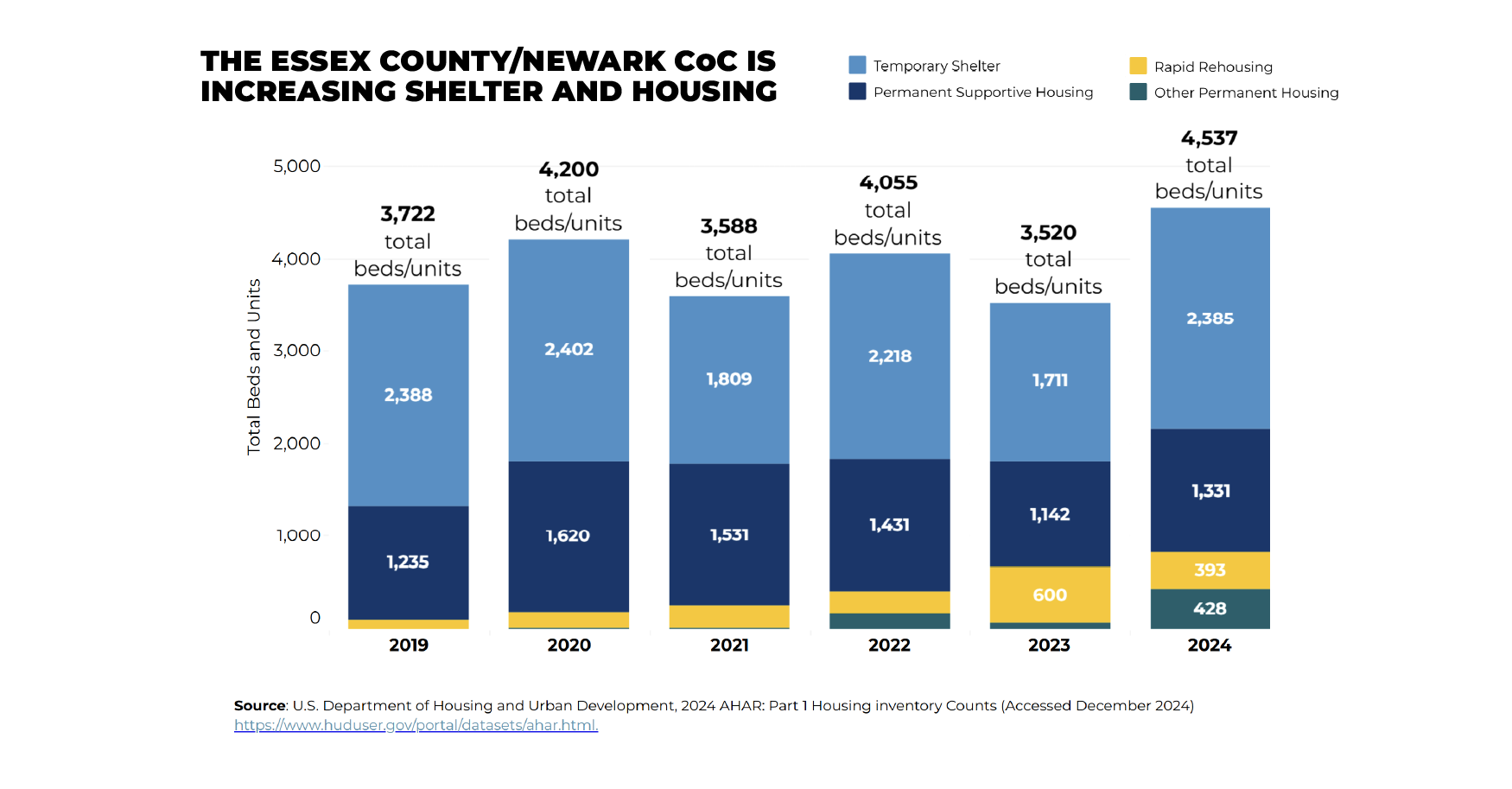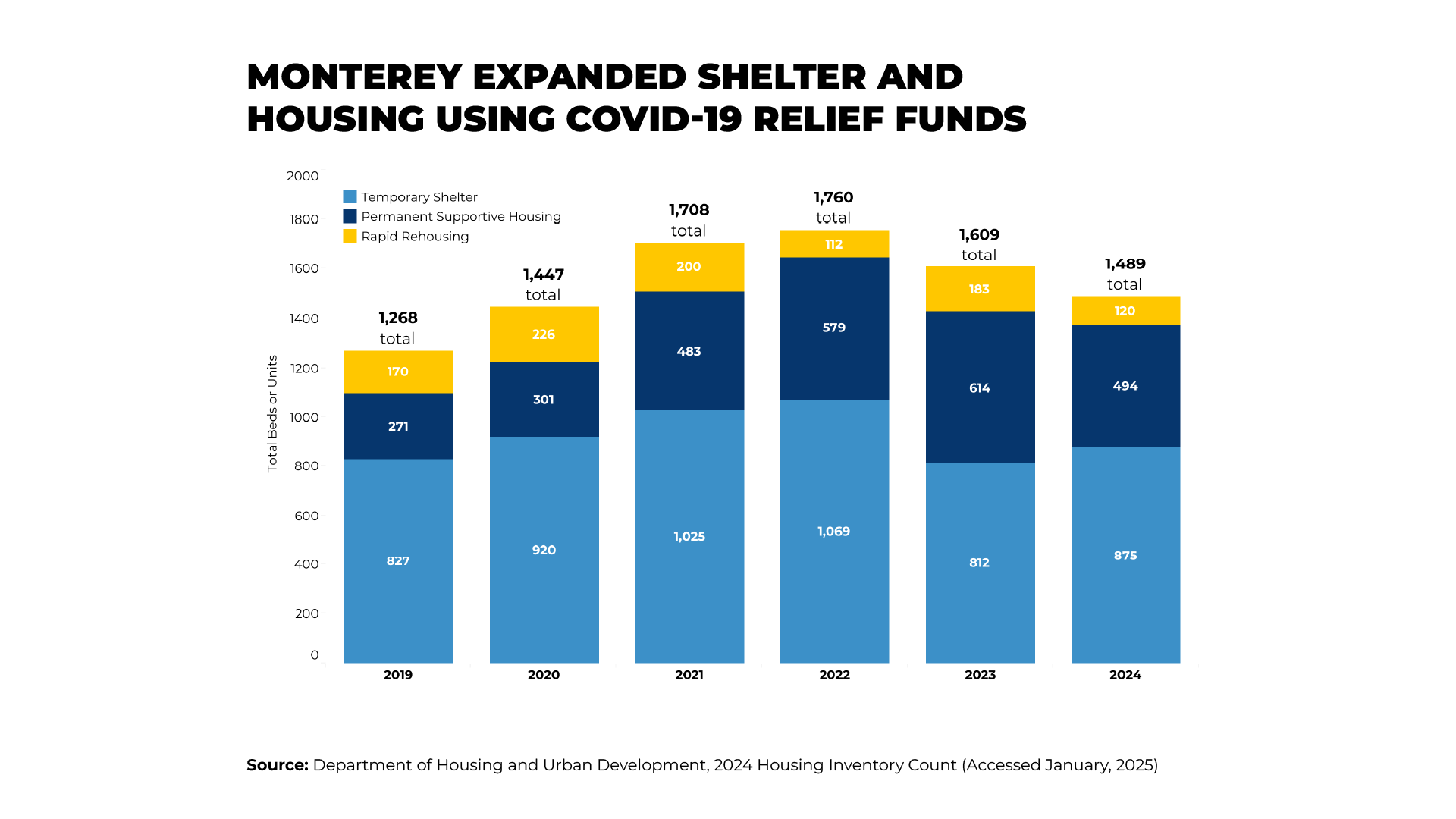Over the past 30 years, mental health services for people with serious mental illness have shifted from institutional settings (e.g., state mental hospitals) to care in the community. This shift is largely due to deinstitutionalization, the effectiveness of new treatments, and federal financial incentives for community-based care through federal programs, such as Medicaid.
This transformation has been beneficial for millions of people and led to advances in how our society treats those living with mental illness.
Unfortunately, there is still a gap that leads to homelessness for far too many people. This gap has resulted from mental health agencies’ historical lack of expertise or ability to adequately address consumers’ housing needs; and conversely, housing providers’ (including the homeless services community) inability to effectively address mental health service needs. But this gap is closing, largely due to the emergence of the Housing First concept and the permanent supportive housing model for serving people with intensive service needs, such as those with serious mental illness.
Some strategies include:
The nation is currently facing one of the most severe affordable housing crises in history. Not surprisingly, those living in poverty are the most significantly affected.
- Making housing a priority, beginning with top elected leadership.
- Taking responsibility for housing within the state mental health department.
- Partnering with other agencies and organizations.
- Engaging in state and local plans to end homelessness.
- Providing technical assistance to community agencies and providers.
- Maximizing federal, state, county, and private resources.
- Using data to advance housing initiatives
Research and practice have shown that permanent supportive housing and Housing First work because housing is an essential part of treatment. People with serious mental illness need safe, stable, and affordable housing before their mental health needs can be fully addressed and recovery truly realized. As an added bonus, many localities are also showing that the provision of housing to this population is cost-effective.
This issue brief highlights the work of ten state mental health agencies with exemplary efforts in this area – California, Connecticut, Massachusetts, Maine, Michigan, New Jersey, New York, Oregon, Tennessee, and Washington – along with recommendations on how states can implement these efforts themselves. While each state agency is unique in its approach to addressing homelessness, numerous key strategies emerged from guided interviews with state mental health agency directors and their staffs.
Stay Updated: Solutions, Stories, and Ways to Make an Impact
Sign up to receive updates on the Alliance’s work, including the latest research, advocacy efforts, and real stories of progress — plus ways you can help drive lasting change.













